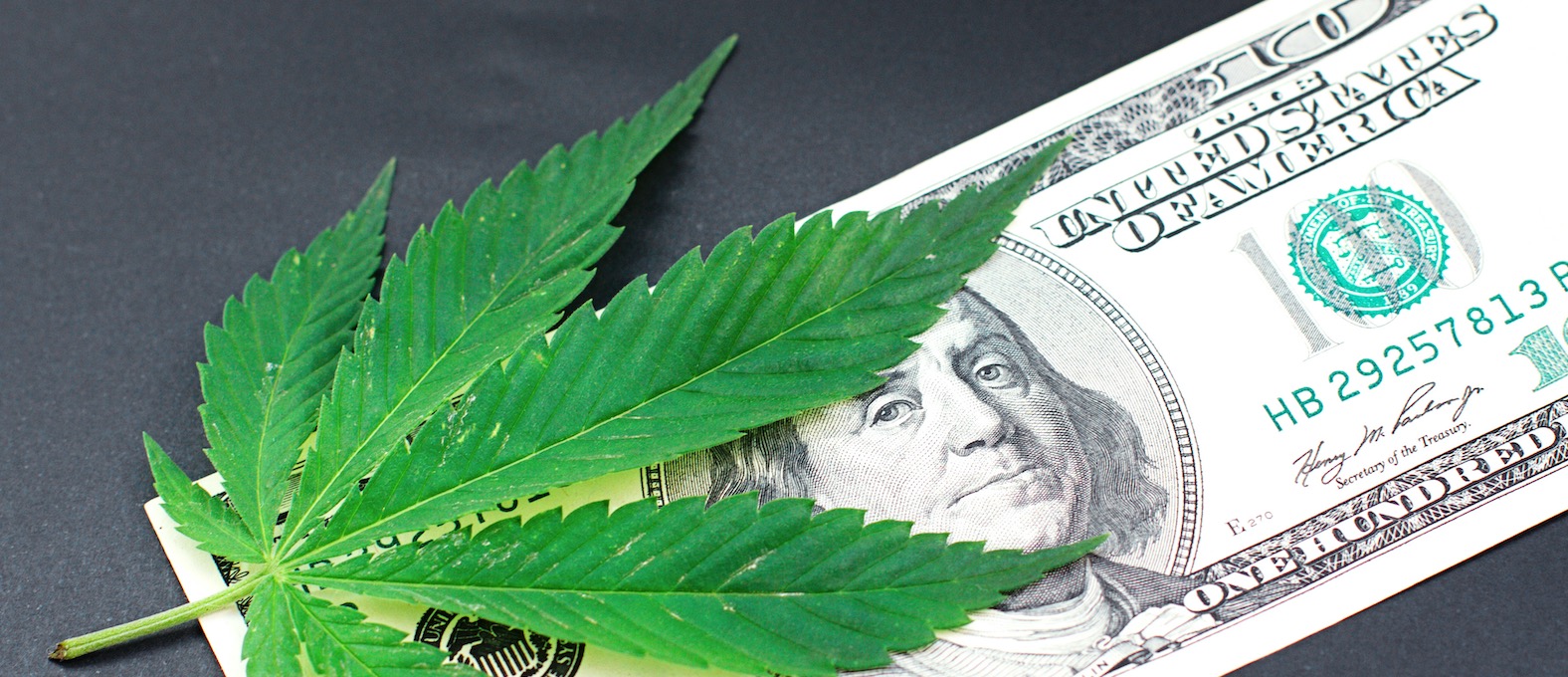11.21.2025
Sausage casings bulletin, November 21, 2025

...

Production costs for cannabinoid hemp farmers is a moving target. The majority of producers do not yet know what a typical year’s operational costs look like; no real surprise given that many of the states have zero to one year of hemp production under their belts. Production methods are all over the board too. Operations are in startup mode, frequently encountering surprise costs in the 2019 season. Harvest logjams increased the cost to get hemp out of the field, dried, and into storage in areas like Southern Oregon, but other surprise costs associated with setting up drying space, or labor to rogue males – for whomever was lucky enough to have someone competent to ID males consistently – were shared by producers in all areas.
This applies also to the extraction segment also, so many of which are brand new businesses. They may have some years of experience with MJ extraction, unlike hemp farmers, who are sorting out production methods in a uncontrolled environment. Extraction operations vary from several hundred lbs/day to several tons, with some very high capacity facilities that claim theoretical throughput is dozens of times greater than numbers listed above. We’ve yet to confirm total output, and all extractors will likely agree with the assertion that actual throughput routinely falls below conceptual.
Savvy extractors have a pretty good handle on their efficiencies now, but overhead and continued capital needs are a perpetual pressure on budgets. The price correction for derivatives did prompt more attention to efficiencies, including reclaiming ethanol more thoroughly or dialing in labor needs. The extraction segment will experience plenty of competition in some markets, where overall capacity is higher for the geography. US extraction capacity is not yet matched to regional production in many cases. The cost of shipping hemp with current margins make this a minor issue on its own.
The Jacobsen’s enterprise budgets for CBD hemp show that typical costs for operations with some mechanization, but largely relying on hand labor, spend $12,000-$14,000/acre to grow under plastic. This is not sustainable. With today’s pricing, an excellent yield of 2000 lbs dry weight/acre with 10% marketable CBD content, returns $10,000 to $18,000/acre, when utilizing the lower and upper ends of our reported pricing for biomass in the US.
Typical budgets don’t cover all of the nuances of hemp production expenses or income, there just isn’t enough consistency throughout the segment. On the income side, producers hi-graded their crops for the flower market, realizing tens of thousands of dollars in additional returns for 300-500 lbs of desirable flower. This isn’t found in current university budgets, nor are the full labor costs for new producers. What may be perceived as widespread failures associated with bagging the 2019 crop, was essential learning that can’t be avoided. Yes, some managers are far better at anticipating foreseeable obstacles, developing contingencies, and learning from other’s mistakes. Most will learn as they go, and learning can be expensive.
Learning can also be lethal in agriculture, and particularly so as a new group of farm machinery operators emerge, having little previous experience. Hemp, combines, and guaranteed clogs are a recipe for disaster if new operators cut corners on securing headers while underneath, or attempt to unclog without powering off the machine, the thresher, or even the header. With CBD hemp, more people will be working in close proximity to an operating header, at times hand feeding.
We know that experienced operators grew CBD crops for under $5000/acre. This will be a good target for those competing in the commodity market, but seed to shelf companies have more latitude in craft markets, if they’re able to carve out their niche.
For hempseed production, costs are typically $500/ac. An 1800 lbs/acre harvest of certified organic hempseed will return just over $2000 gross based on our published pricing. Costs are lower as acreage increases, and some operators will be more profitable, as with all commodities. Diversified operators with precision farming technology can optimize inputs and yields, and with yields over 2200 lbs/acre, can net over $2000/acre. Corn and soybeans are generally showing a projected loss this year, from $20-$50/acre. This makes hempseed grain production highly attractive to capable producers, and will potentially setup an oversupply scenario for hempseed grain. Conventional yields of 2000 lbs/acre are also attractive, at our published pricing, netting over $500.